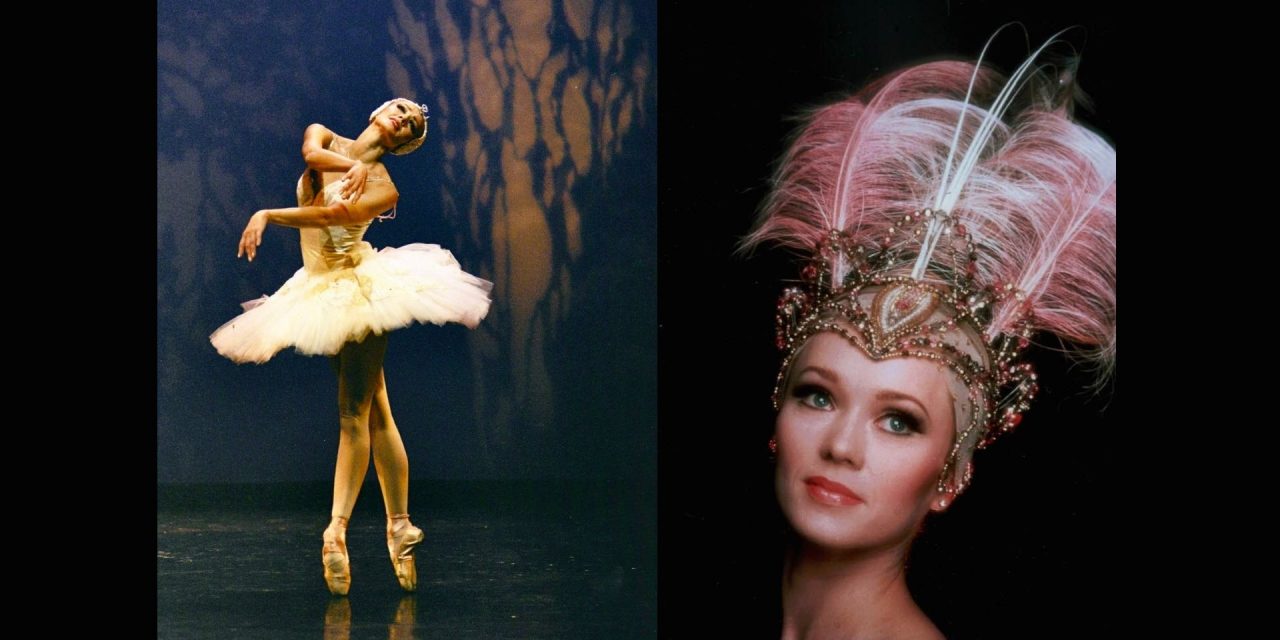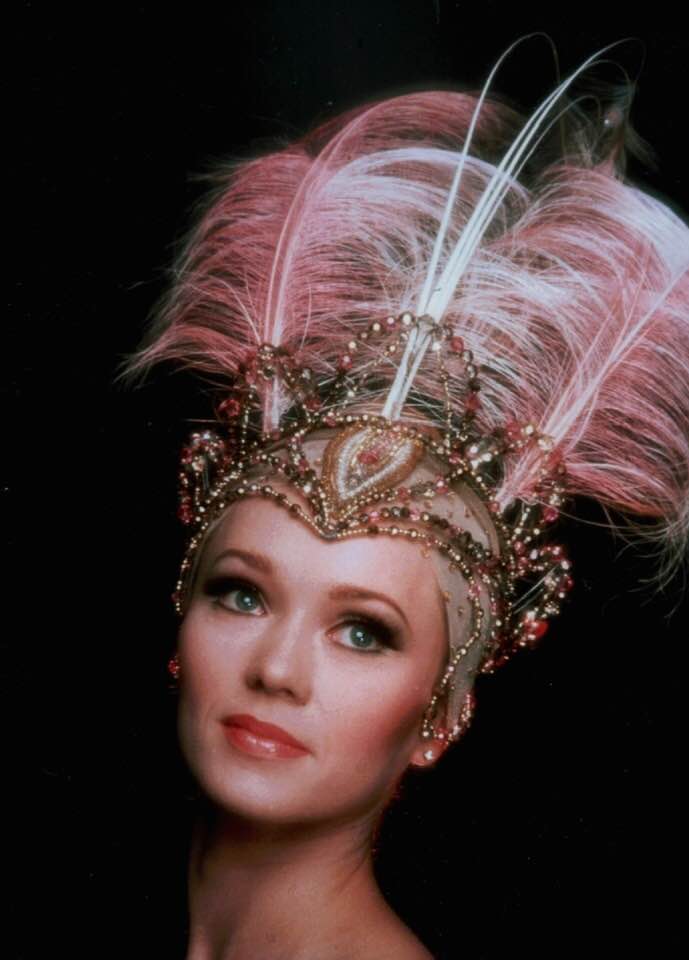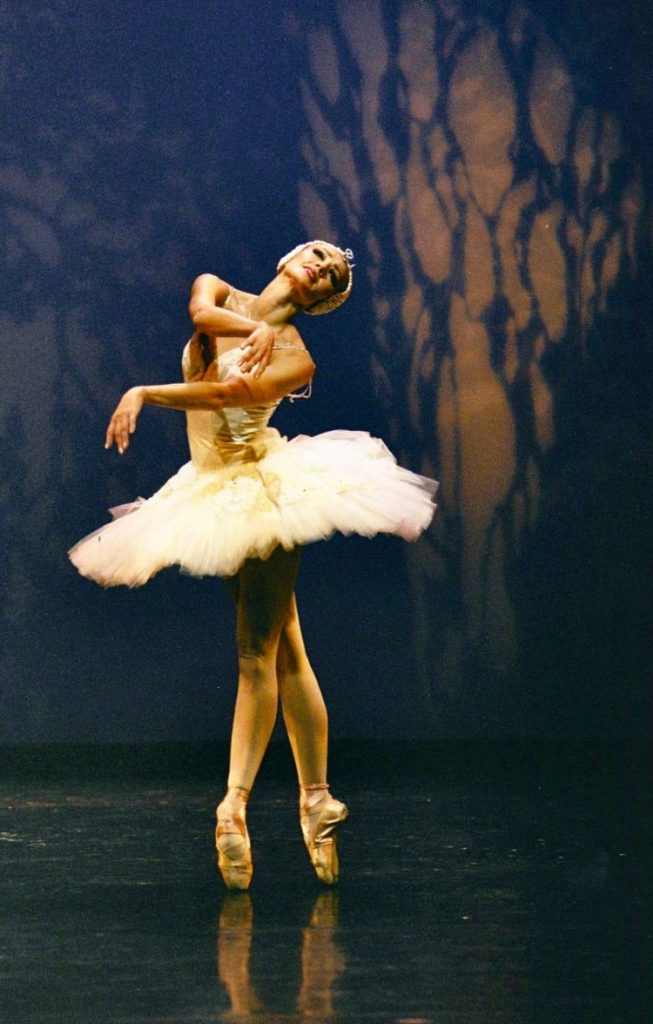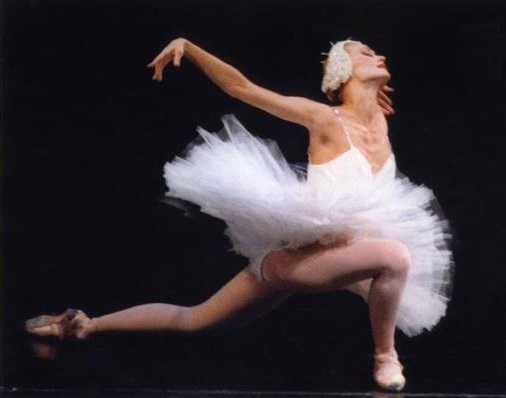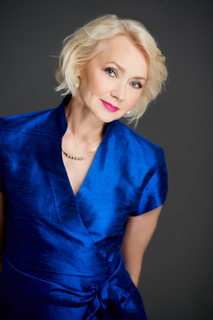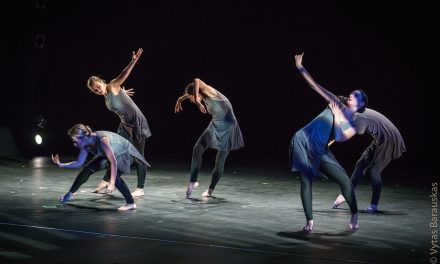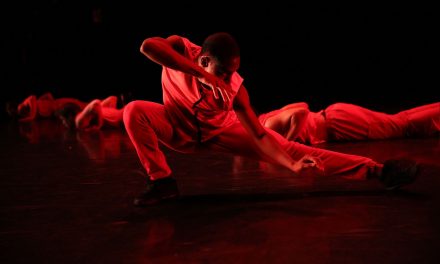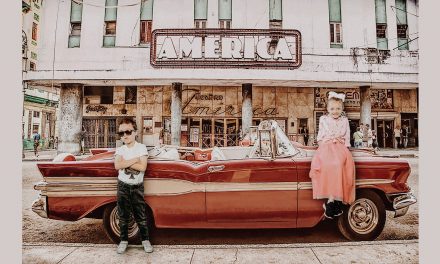On May 22, 2022, I had the pleasure of interviewing an heir to the historic Bolshoi Ballet, ballerina and entrepreneur-artist, Valentina Kozlova. The petite, doe-eyed beauty spoke of her defection from Russia in 1979 at age 22, unfolding her storied experiences and views of the present and future state of the world and dance.
JD: Tell me a little about how you began training in ballet as a young child and what inspired you to do so.
VK: My first memory was when I was 3 years old. I knew I didn’t like something about my life… and I knew I had to do something about it. there were many parks with stages. I would immediately run onstage and each time I would start reciting poems with drama then singing and dancing. People thought I was cute. At five years old the more I saw their reaction, the more I realized I loved this.
Finally, my mother decided to give me lessons and then took me to the Bolshoi. I gave up childhood from age 8 when I became a professional. You become professional when you realize you have work to do. When I told some of my friends, they said, “You had no childhood.” And I said, “You don’t understand, I always look forward in my life. It’s not easy to succeed, …you must be grounded.” My Mother made that perfectly clear to me when she said, “You might be a star, but you’re my daughter… so you must be grounded.”
JD: That’s wonderful! Tell me about the Bolshoi training.
VK: In Russia they created a method – It was gradual, always considering each step of the process. They experimented and started to see the best ways to train the young dancer in this method, and at what age [they would move dancers to the next step]. Agrippina Vaganova’s method collected the right things and right age to introduce certain steps. We accepted the culture of that particular method. Incredible! It started slow, they experimented taking kids 8 or 9 and 11 or 12 year-olds, and would train them for six, then eight or nine years. They finally settled on an eight-year program. They learned how and what it takes to fully develop a dancer and then put together a “textbook” which was required in every institution in Russia. In my time at Bolshoi all my teachers taught us for 2-3 yrs., then you went to the next teacher for another two to three years. These special programs were developed by the government when Soviet Union existed.
However in Moscow and St. Peterburg (AKA Leningrad and Petrograd) it also depended on who the teacher was. Every teacher was controlled by the method in the textbook and the Director of Schools, but they also had their own style. They were great personalities.
There was no difference in the method they taught all over Russia in my time. It was always precise and correct. Even Ulanova and Gerdt taught what they were taught. Of course, we were all hoping to be professionals. One teacher, the most brutal in St. Petersburg, would not allow us to cry. She would say, “It’s because I love you.” So we didn’t cry because I was very sure this was my dream and I wanted to do it, so I paid very close attention. If you finally got into the Kirov or Bolshoi Academy, it was such a privilege and would allow you to have a much better life. I appreciated every single thing I got at the Bolshoi – it wasn’t given to me, I worked very hard.
JD: Tell me about the classes required and eventually how they chose the students for the company.
VK: In my generation, we knew how to appreciate every single thing. You were all at one building. You had different classes per day. We all studied art, drama and European literature, piano, character, folk lore, acting, history and history of music, physics and biology. For years it was a full curriculum of training. We read so much that you got to understand the culture of different countries. Then after five years it switched. People got fired and they separated people into either dancers or students, classical or character. Everyone was put into different categories. Example: “A-group” would be profiled as Classical dancers, while the “B-Group” would be profiled as Character dancers.
JD: What did that depend on?
VK: It depended on Musculature, physical build, DNA, etc. Everyone has a different appearance, and that will make the difference in how you succeed. The influence and methods of teachers often are shown in the muscles and shapes of their dancers. Some are very lean and you can hardly see their muscles. In others you see, they are more developed. Both are well trained but it’s the teachers that make the difference. It depends on who is teaching and the culture of that particular method. After you are profiled, if you’re better in character, the school places you for example, in the Moiseyev. There is no such thing as you didn’t get the job. They just send you to another republic to dance. For example, at graduation we had six girls… all got in the corps. We were very excited, but after a year of “Brides” and “Swans”… I felt like a piece of furniture on stage, it was a part of the experience.
Also, auditions just did not exist there. When I was in America, I saw the auditions and thought how strange how they judged dancers. Some were good in class and terrible in learning fast. Some were good performers but not so good in class. This was a different system with so many years of lack of understanding in the U.S. Still nothing has been done – teachers talk about it all the time, but nothing is done about it.
JD: On your way to becoming a prima ballerina, what were some of the structures and challenges?
VK: Yes, there was definitely a structure and you are coached through it. There are steps of coaching. Usually the corps de ballet are coached by a corps member. Then for soloist they have someone who is a soloist, coaching soloists, usually a first soloist. Then from solo to principal, I had another, she was a principal. And last I had Struchkova, she took me to what I became. She looked inside of me… in my soul…something I didn’t know existed. Now I understand how to coach. The subtlety you cannot get with traditional technique. You’re being trained to become someone. Because coaches were stars themselves, they were trained by stars. If you dance onstage you know what works – psychology, history… each person is different, not strict and brutal. They are easy going but they won’t let anything go. Sometimes it’s hidden – I experienced when they gave me Don Q, my coach wanted me to be different. In my mind it was not right, so you need a real good coach.
One of the major challenges I experienced was when I tried for a part in Swan Lake at Kirov (Mariinsky). The Bolshoi Director said, if you pass this challenge, I will give you the full length Swan Lake. So I went to Leningrad. I was very nervous because I never danced full length ballet before. After just arriving in Leningrad, the Conductor wanted me to come to the theatre NOW!!! I arrived at the theatre with no preparation. And was asked to do the fouetté section of the Black Swan. Every single corps girl said or thought, “Oh we’ve heard you’ve never danced full length ballet before.” I was so nervous, so nervous – even makeup and hair people made me feel like nothing. But soon my nerves dissipated and after I performed Swan Lake, they wanted to give me a Principal contract. However, after my success in Leningrad, the Bolshoi offered me a Principal contract, and all that came with that. I had proven myself.
In Leningrad and Moscow they compete in various Capitals. The life in Moscow however tended to be better. In St. Petersburg, the life was harder. When you were in Moscow you made a better salary, they also traveled abroad. The quality of living was better at the Bolshoi in my time then it was in Leningrad or other ballet companies around Russia and Ukraine.
JD: I’m curious, how do you think this war with Putin’s Russia and Ukraine will affect the future for dance companies and artists?
I’m in shock, very sad. Completely not understandable – politics are politics and whatever they are playing we’ll never know, while the artists are suffering… I’ll just never know. Russian dancers will suffer because Russia doesn’t want the dancers to come here. They’ve been taken away from the rest of the world and they are completely cut off from everyone outside of Russia. Their knowledge of the world becomes harder. The world is also rejecting the Russian dancers, but everyone suffers without the knowledge of Russian art, dance, music. I hope it will be resolved soon. I think art will bring us back though. I’m not politically knowledgeable but when people have tragedy they want and need to come together. They need to celebrate. We celebrate by being artists. I cannot digest why there is such restrictions.
JD: Tell me what you observed in the U.S. after you defected.
VK: When I defected Lucia Chase, Cynthia Gregory, and Alexander Gudunov were dancing in ABT. The company really had a profile/reputation. Balanchine was fascinating. And then Baryshnikov came to ABT and developed American dancers. This was a revolution, and in my mind it was good. However, now I can’t say anything positive. What’s missing are teachers who really teach. U.S. Audiences are taught to scream at the tricks but I find no specific technical structure. You take contemporary where there is some structure, but depending on the company, they show a lot of personality. Or in the classics it’s all about pure technique nowadays.
When I was here for two years, as much as I wanted to be in the U.S. I just couldn’t see myself being in the company. But because I was now free to change, I decided to go to The Australian Ballet. Yet what I missed most was contemporary… Alvin Ailey, the music I discovered… all kinds of music in the U.S. We knew about it in Russia but when I was here I loved the musical variety. I also didn’t know about musicals until I got here. It was revolutionary for me. Musicals and contemporary dance, the way it’s done here is very exciting. Broadway is brilliant – totally fascinating. In Moscow there was so much theatre…but I didn’t like musicals in Russia. They really don’t exist.
These days I look forward to and still have passion for contemporary dance. But, to me…ballet is disappointing. So many talk about changing it here in U.S. but they don’t do anything about it.
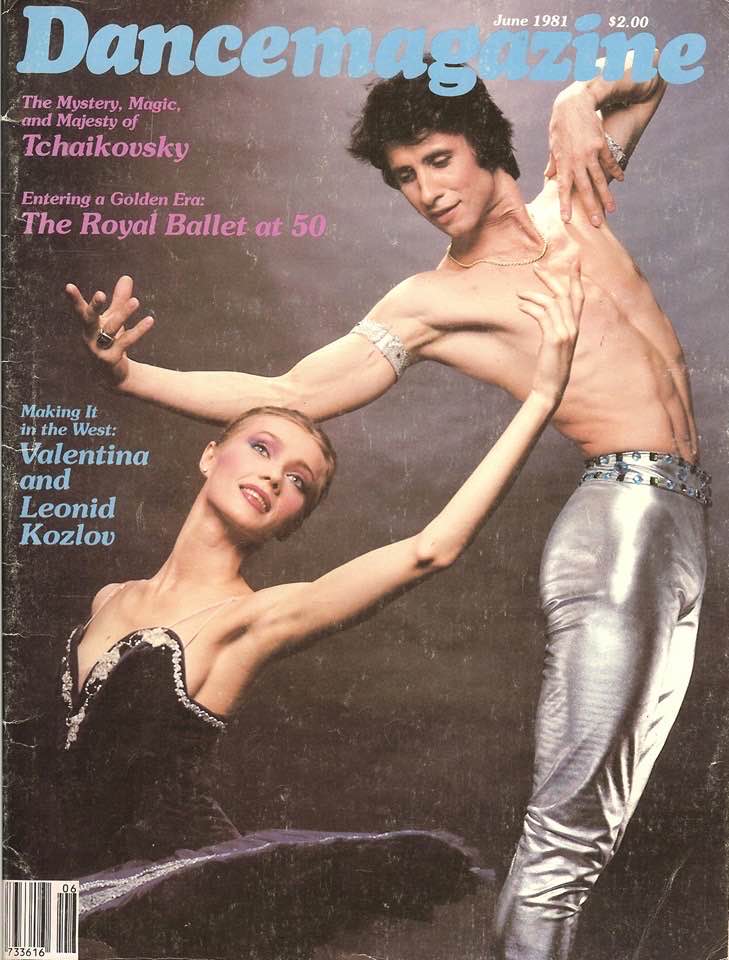
Valentina Kozlova and Leonid Kozlov on the cover of Dance Magazine (1981) – Photo courtesy of the Audrey Ross PR
JD: In your life, you have reinvented yourself and your craft in both grand and subtle ways, what do you attribute that to, and what has been some of the most meaningful to you?
VK: It is not one thing. Life is complicated. Since I came during Soviet Union, no politics are allowed, you don’t ask questions, you know what you have to do…It’s a fact. But when I got to see Balanchine, Roland Petit, John Cranko – My God! It was another world. I wanted to try it. When I came here in beginning it was odd. It was not the way I was taught. There was Cranko’s Romeo and Juliet compared to Lavrovsky, and when I did Cranko’s it was so different. But I thought, Wait! Why did I come here? I have to adjust. I had to give it a try.
For me, there’s always a plan A and B…If something isn’t right I might say “OMG it’s a total mess” and friends would always say to me… “you’ll figure it out.” Then I would say to myself, maybe Plan B is not the way…but it’s A way.
Also, I am kind to everyone I worked with. There are many dancers with incredible talent but are not psychologically prepared. Bolshoi knew it was destructive if you fly too high.
JD: How do you believe Covid affected dance and dancer’s work? And how do you think the Pandemic helped or hurt dance in moving into the future?
VK: It’s a question that is hard to define or analyze. It was very difficult for teachers in cubicles or zoom. I finally did all precautions in my studio with covid. We worked one by one. I couldn’t work on a computer or zoom…It was too difficult, but for dancers able to sustain their life and careers, the online classes was survival and continued the artistic sense of what they were doing. Plus because they were so eager to get back, they came back with such passion ready to work as long as it takes.
JD: Tell me about returning to live competitions and performing again.
VK: We are doing a live competition at Symphony Space from June 21 through to June, 23 with our Gala and Awards Ceremony on June 24. It will be one of the only competitions since the pandemic, and vaccine cards are required. I will be dancing in the gala for the support of the arts to inspire the fact that dance is not just technique but it’s the love and passion that drives us. There will be 20 judges from different countries. I request that they agree to be kind and not to criticize but be able to see beyond, to what is inside the performer. They usually do… It’s important to be kind and respectful.
JD: And finally, what does an artist of your experience and reputation want their legacy to be?
VK: My legacy is to give passion to every single person I come across. It’s something I carried inside myself at a very early age. It means giving serious positive hope and passion to the artist so they can pass it on to others. That is what I want my legacy to be.
####
June 4, 2022 Valentina Kozlova will present the debut of her Studio Company at Symphony Space, Broadway & 95th Street, NYC.
June 21-24 The Valentina Kozlova International Competition will resume live, after two years hiatus during the pandemic, also at Symphony Space.
Written by Joanne DiVito for LA Dance Chronicle.
Featured image: Valentina Kozlova – Photos courtesy of the Artist.

